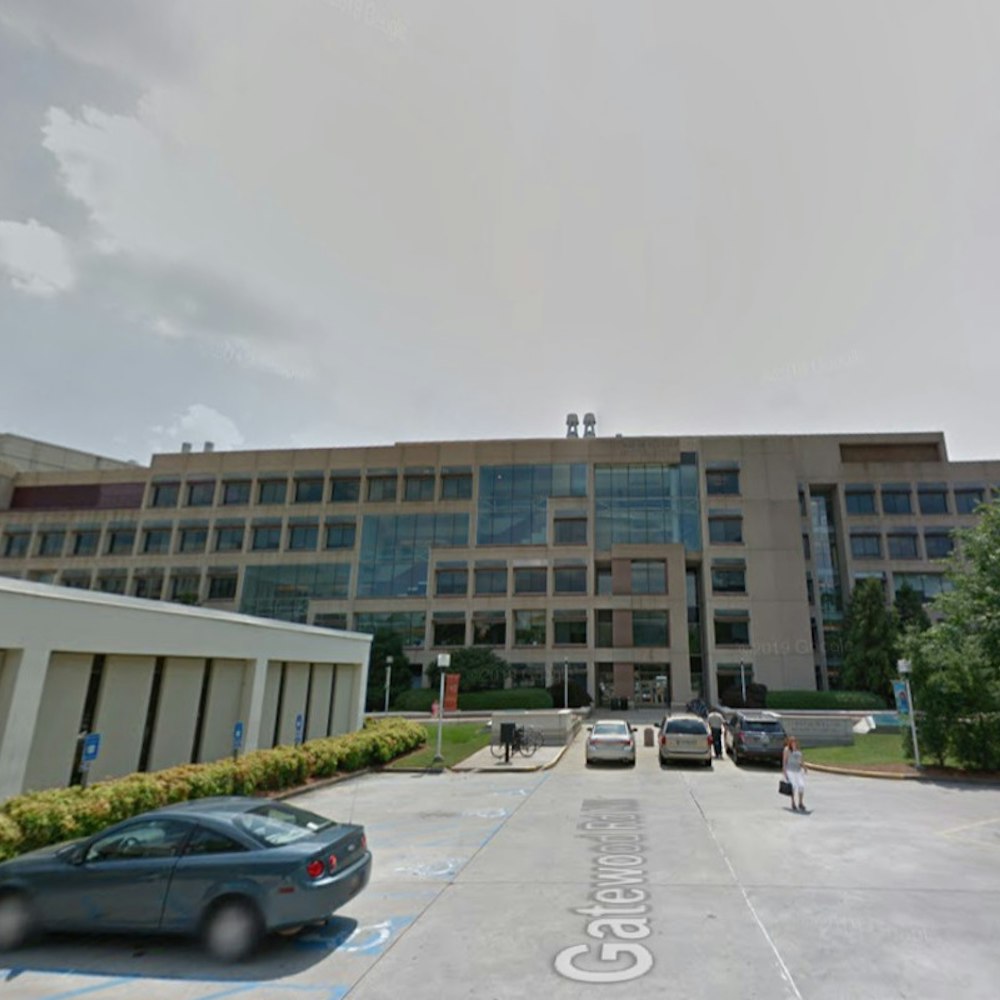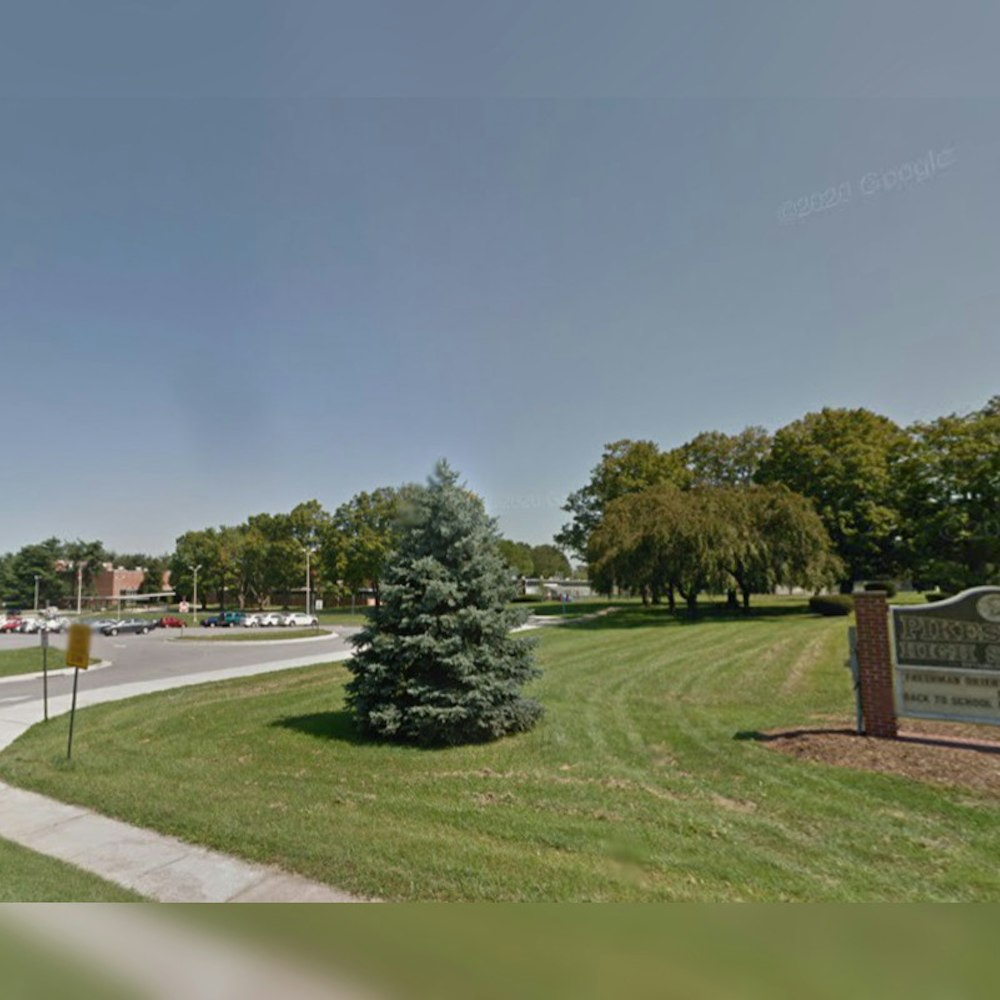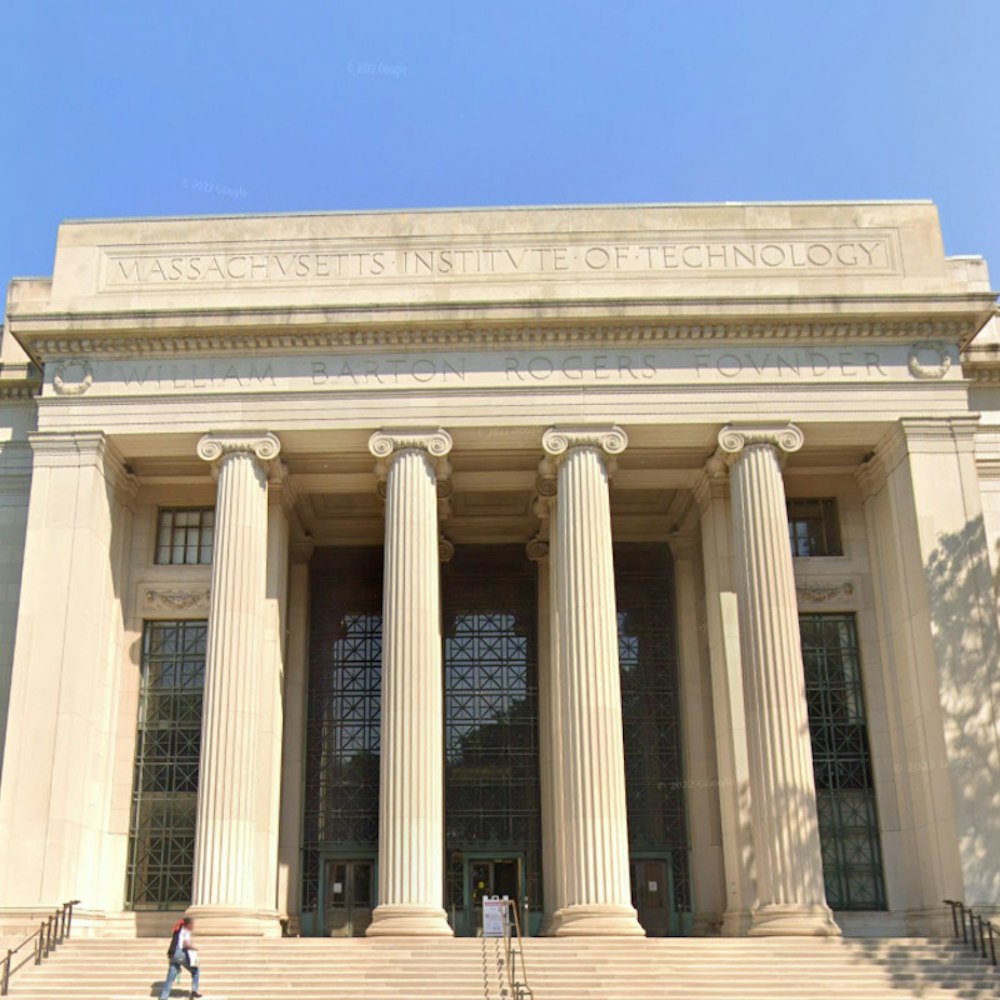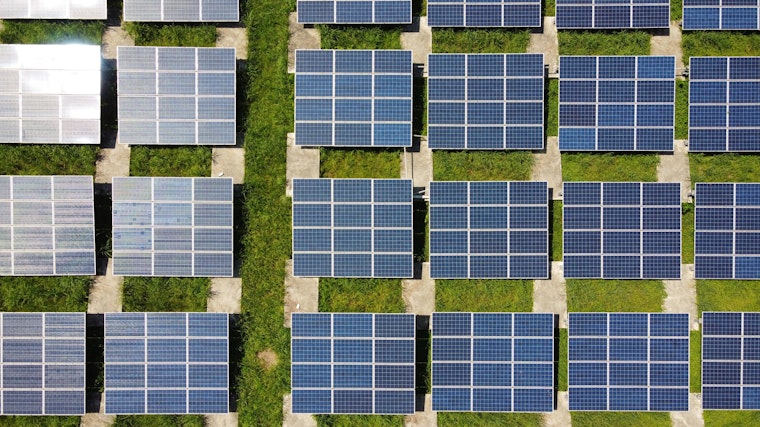
California, the most populous state in the US, has faced challenges with its electricity supply during extreme heatwaves, notably in August 2020 which led to rolling blackouts. This summer, however, thanks to an increase in renewable energy sources and wet winter storms filling the state's reservoirs, California is unlikely to experience a similar power shortage via the AP News.
According to a recent report, California's electricity grid faced challenges during severe droughts in the past few years, with dangerously low reservoir levels causing hydroelectric power plants to shut down. These shutdowns strained the grid, but the wet winter of 2022-2023 has rejuvenated the state's reservoirs, allowing hydroelectric power plants to come back online.
Alongside these hydroelectric power plants, an additional 8,594 megawatts of power from wind, solar, and battery storage will be added to the grid by September 1, as mentioned by Neil Millar, Vice President of Transmission Planning & Infrastructure Development for the California Independent System Operator. This should place California in a more secure position to ensure a consistent power supply during the summer months.
Although the state is moving toward a better energy situation, concerns remain about California's ambitious climate goals. According to a Politico article from September 2022, with the increasing demand for electricity and the unpredictable nature of renewable technologies, the state will struggle to reach its mandated goal of a 100 percent emissions-free grid by 2045.
As noted in Politico, along with the demand for renewable energy sources, delays such as supply chain issues and tariffs on solar imports have hindered the state's progress in building renewable energy infrastructure. This has led some experts to call for even more substantial investments modeled after the Marshall Plan that rebuilt Europe after World War II.
Furthermore, the state's ability to meet its climate goals is also hindered by growing challenges such as wildfires and rising temperatures. For California to meet its 100 percent emissions-free power goal by 2045, it must deploy renewable energy at five times its average pace while simultaneously battling these changing environmental conditions.
Despite the difficult path ahead, the state's energy situation for summer 2023 appears to be more stable compared to previous years. Additionally, the combination of hydroelectric power and increased renewable energy sources should help prevent power shortages during the upcoming summer season, providing some relief to Californians.
However, officials have cautioned that unforeseen factors such as wildfires and other extreme weather events could still threaten power supply and trigger "flex alerts" urging people to conserve energy. As stated by Alice Reynolds, President of the California Public Utilities Commission, in the AP News report, "I would say that folks shouldn't be surprised to see a flex alert. I mean, we're talking about extreme heat, unusual events that are hard to manage." Californians can enjoy the improvements in their power grid security but should remain prepared for unexpected situations that might arise during the summer months.

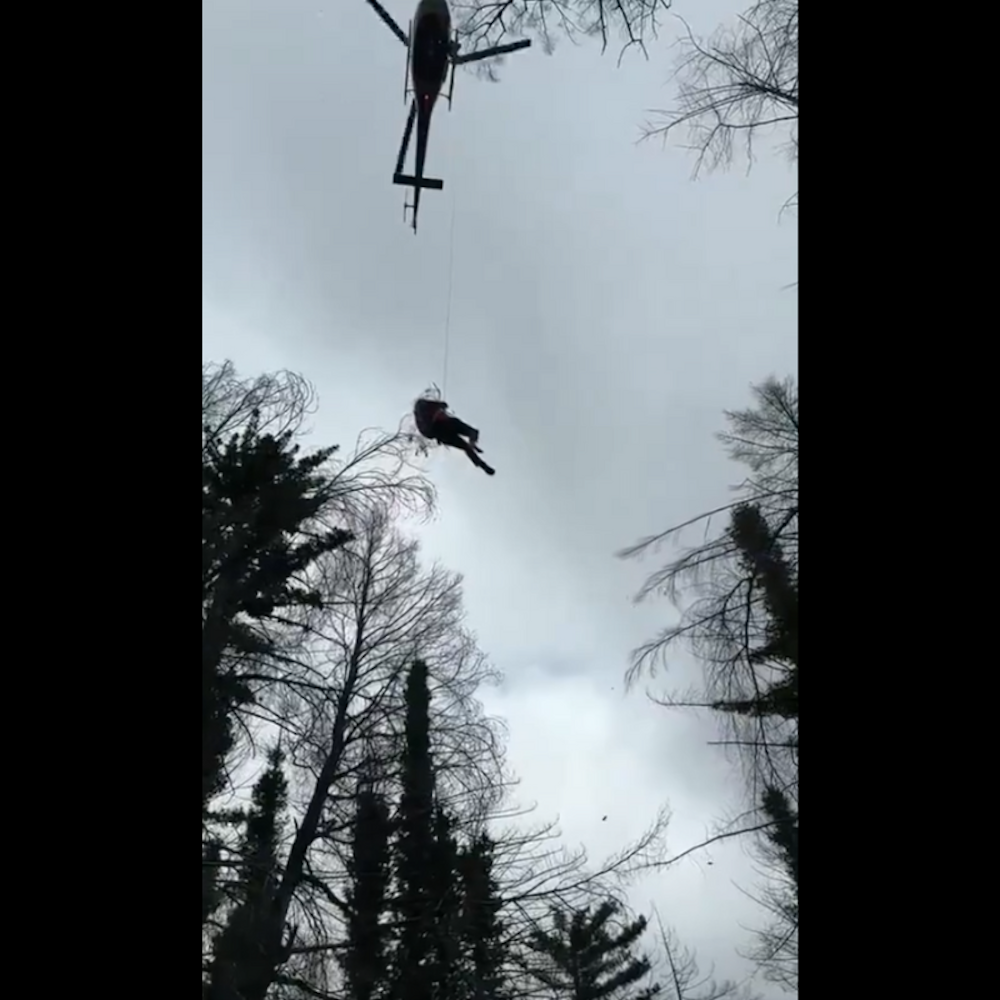
-2.webp?w=1000&h=1000&fit=crop&crop:edges)




